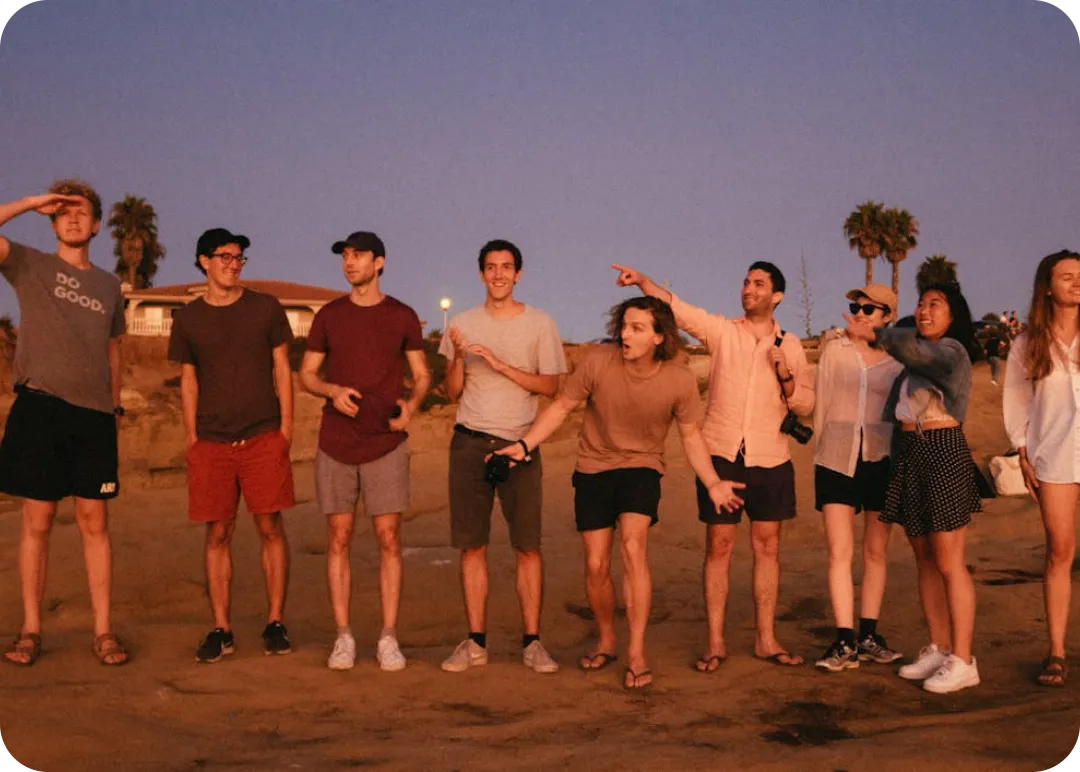Browse their profiles and meet singles who reflect their charm, personality, and energy
India is a kaleidoscope of cultures, colors, and charisma—and its celebrities shine just as brightly. Our India Celebrity List brings together the legends and icons who've defined Bollywood, inspired millions, and represented the soul of this vast and vibrant nation. From the magnetic charm of Shah Rukh Khan to the grace of Aishwarya Rai Bachchan, from Virat Kohli's fierce cricketing prowess to Deepika Padukone's global stardom, every name tells a powerful story.
Explore deeper with full biographies, personal trivia, zodiac signs, family history, birthdays, quotes, and awards that highlight the journey of each Indian star. You'll get to know Priyanka Chopra, who moved from Miss World to global actress and activist, and Ranveer Singh, whose infectious energy redefines modern masculinity. This isn't just about fame—it's about understanding what fuels these stars, their passions, travels, and roots in India's diverse culture.
Whether you're searching for a style icon, a sports hero, or someone whose story moves your soul, our celebrity profiles are designed to inform, inspire, and emotionally connect you to India's most beloved personalities.

Ever thought your ideal match might have the warmth of Alia Bhatt or the confidence of Hrithik Roshan? On Higo, our India lookalike singles aren't just about physical resemblance—they reflect the charm, energy, and spirit of India's most admired stars.
From Mumbai's film lovers to Bengaluru's tech-savvy romantics, from Delhi's creatives to Hyderabad's soulful thinkers—our Indian members bring their full selves to the table. They're here to share stories, laughter, traditions, and dreams. Whether they remind you of your favorite actor or simply feel like someone worth getting to know, these singles are genuine and ready to connect.
With verified profiles, meaningful bios, and real intentions, you'll find it easier than ever to meet someone who shares your values and cultural pride. Higo's Indian community is thriving—one authentic connection at a time.

Higo Local Meet Global is where admiration for celebrity meets real-life connection. Now available across India, Higo is rapidly growing among young professionals, students, travelers, and even expats who want a deeper, more meaningful way to meet. Whether you're in Kochi, Kolkata, or Kanpur, Higo's features are tailored for the Indian user experience.
We offer AI-powered matching, identity verification, and a unique celebrity-inspired approach to bring people together based on character, style, and vibe—not just photos. With support for both English and regional languages, our app feels welcoming and intuitive for all.
India's dating scene is evolving—and Higo is proud to be part of that change. Trusted by thousands already, Higo is your gateway to real relationships, guided by personality, culture, and a touch of stardust. Join now and start your story with someone who feels like the perfect Bollywood plot twist.